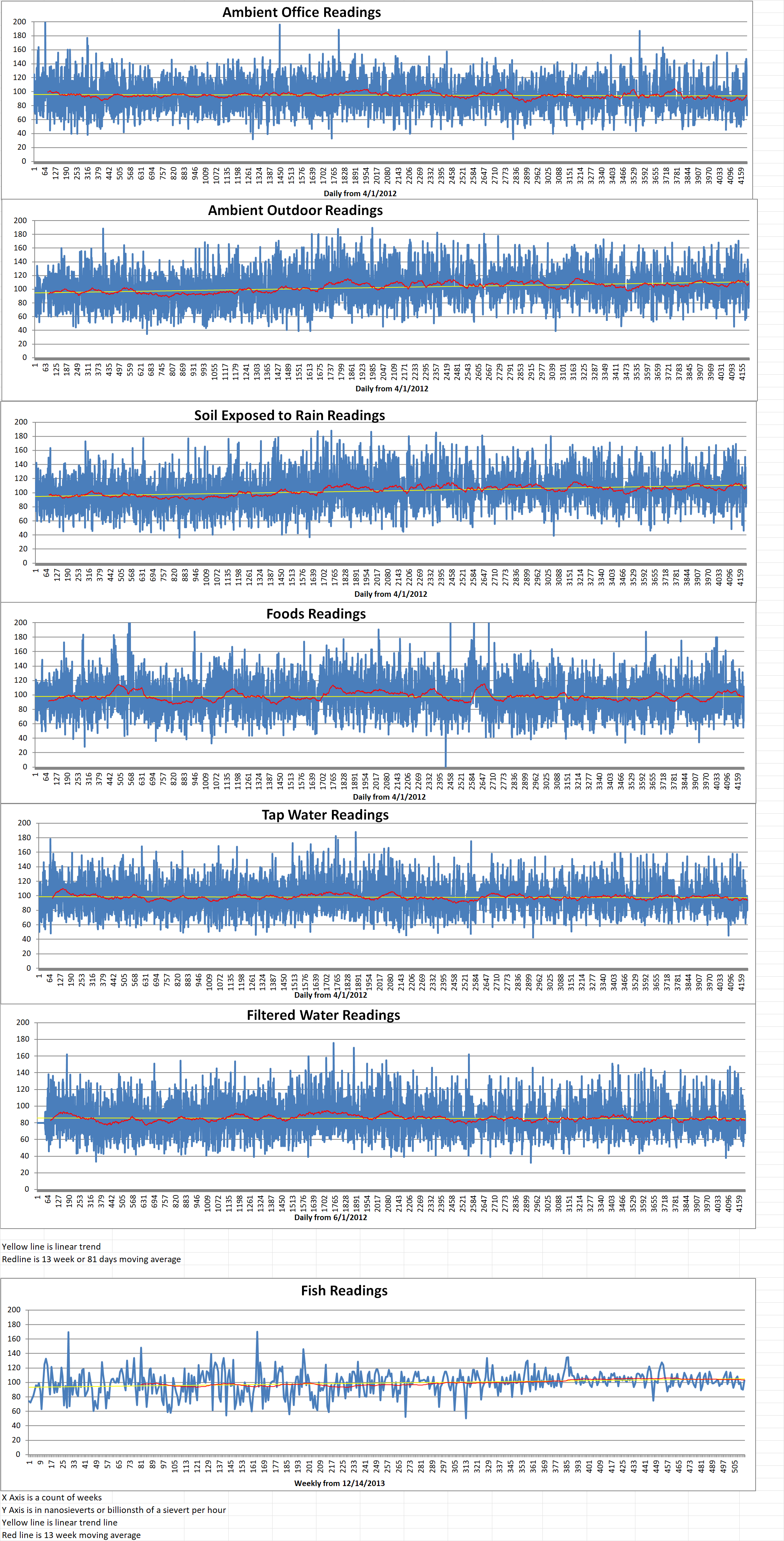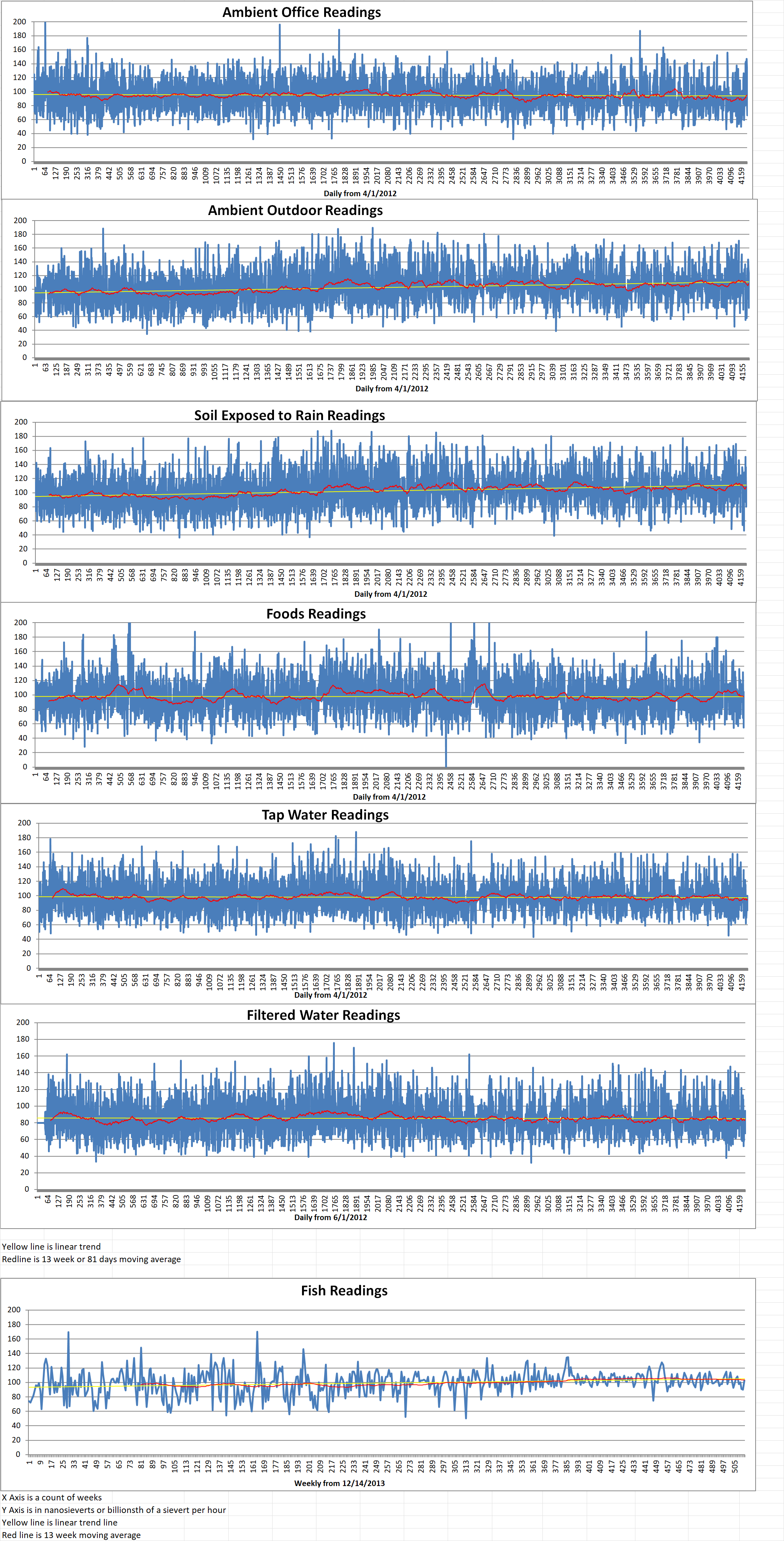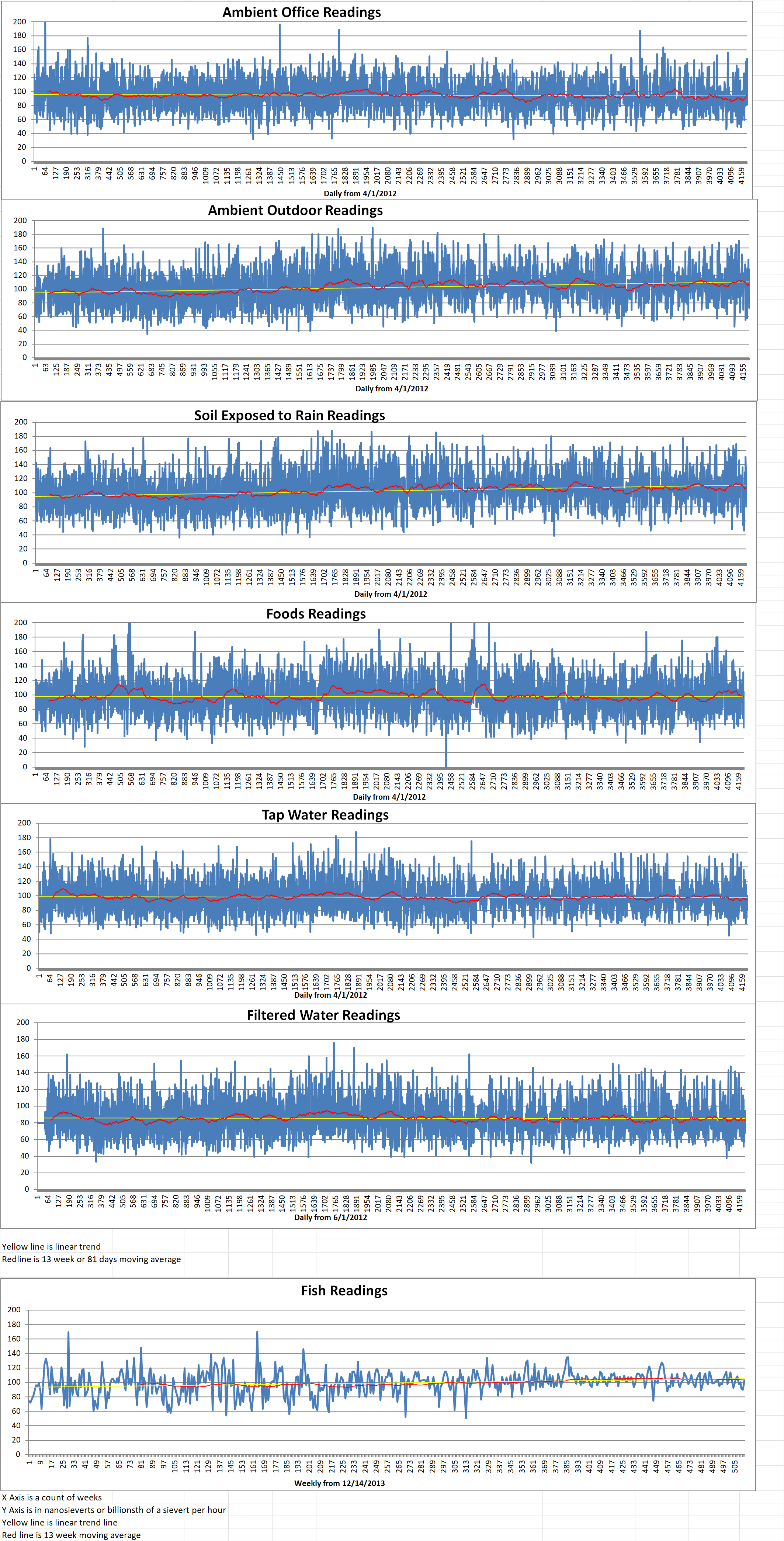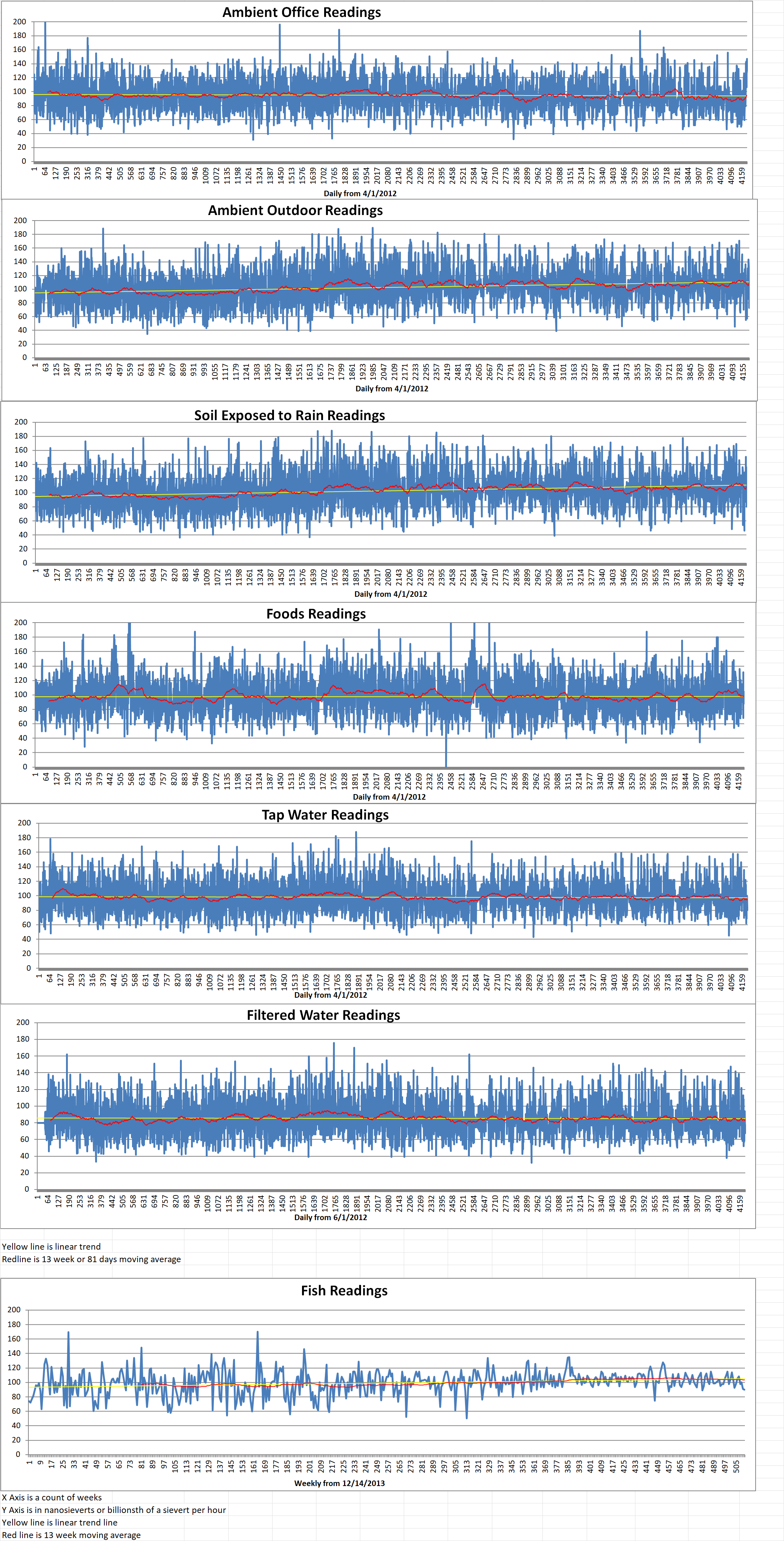Recently, in a major step toward Indigenous Economic Reconciliation, Prodigy Clean Energy and Des Nëdhé Group announced a Memorandum of Understanding (MoU) to develop opportunities to supply power to remote mines and communities in Canada utilizing Prodigy microreactor Transportable Nuclear Power Plants (TNPPs). Under the MOU, Prodigy and Des Nëdhé will explore potential TNPP projects. They will engage with First Nations, Inuit, and Métis across Canada, identifying ways in which Indigenous Peoples could have ownership in TNPP new builds. They will also be considering how an Indigenous workforce could take a leading role in TNPP commercialization and strategic infrastructure development.
The Prodigy Microreactor Power Station™ TNPP, can be integrate different types of microreactors. It would be manufactured, outfitted, and partially commissioned in a shipyard, then transported to a site for installation either on land or in a marine (shoreside) setting. The facility would require minimal site preparation when compared to the time and effort required for an onsite-constructed Small Modular Reactor (SMR). The TNPP would arrive at site more ready for final commissioning and power generation could start in a matter of weeks. At the end of the reactor’s lifespan, the TNPP would be removed for decommissioning, eliminating legacy waste.
Off-grid diesel replacement in Canada is a huge opportunity. The majority of remote communities each require up to five megawatts, and remote mines from fifteen to forty-five megawatts. Prodigy will be able to deploy microreactors safely and economically, even in hard-to-access locations. Prodigy TNPPs could accelerate achievement of Canada’s Northern energy security goals. The power they generate would facilitate infrastructure improvements across the North, drive increased production of critical minerals and increase opportunities for the long-term economic reconciliation of Indigenous Peoples. Prodigy is collaborating with Westinghouse to develop a TNPP outfitted with the Westinghouse eVinci™ microreactor, that would be especially suitable for these applications.
Mathias Trojer is President and CEO, Prodigy Clean Energy. He said, “Prodigy’s microreactor TNPP offers a near-term solution to transition remote locations off of diesel. Meeting Indigenous Peoples’ requirements for TNPP design and energy delivery and ensuring maximal participation of Indigenous groups as part of our technology development and commercialization programs, are cornerstone to our success. We are privileged to partner with Des Nëdhé to put these objectives into action.”
Des Nëdhé is an Indigenous Economic Development Corporation with more than twenty-five years of experience across the nuclear, remote power, construction, mining, and Indigenous and stakeholder communications sectors. Des Nëdhé has a strong history of forging strategic partnerships to facilitate development of critical infrastructure and services needed in remote areas. With respect to SMRs, Des Nëdhé is championing Indigenous leadership and engagement to support the technology’s deployment across Canada.
Sean Willy is the President and CEO of the Des Nëdhé Group. He said, “Ensuring a secure, carbon-free, and affordable electricity and heat supply for all of Canada is crucial, and SMRs will play a significant role. Des Nëdhé is proud to partner with Prodigy, as their TNPP technologies address many of the upfront concerns that Indigenous groups have when considering a potential SMR project. This includes minimizing the environmental impact and reducing the project life cycle complexity and cost, when compared to a traditional site-constructed SMR. The end use opportunity for TNPPs across remote industrial and residential power in Canada is very significant.”






